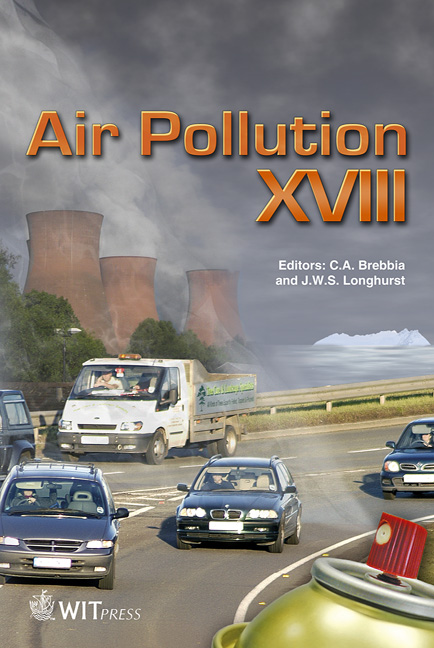Air Fungal Contamination In Two Elementary Schools In Lisbon, Portugal
Price
Free (open access)
Transaction
Volume
136
Pages
8
Page Range
305 - 312
Published
2010
Size
272 kb
Paper DOI
10.2495/AIR100271
Copyright
WIT Press
Author(s)
C. Viegas, C. Veríssimo, L. Rosado & C. Silva Santos
Abstract
A descriptive study was developed to monitor air fungal contamination in two elementary schools in Lisbon, Portugal. Eight air samples of 250 litres through impaction method were collected in the canteen, library, classrooms and also, outside premises as a reference place. Simultaneously, environmental parameters were also monitored, including temperature, and humidity through the equipment Babouc, LSI Systems and according to the International Standard ISO 7726 – 1998. Considering both schools, sixteen different species of fungi in the air were identified, the two most commonly isolated being Cladosporium sp. (51,1%) and Penicillium sp. (27,5%). Besides these genera Trichoderma, Aspergillus, Alternaria, Chrysonilia, Botritys, Ulocladium, Athrium, Aureobasidium, Phoma, Scedosporium e Geotrichum were also isolated. Regarding yeasts, Candida sp., Cryptococcus sp. and Rhodotorula sp. were isolated. The youngest school, as well the canteens in each school, presented the worst results concerning the air fungal contamination, maybe due to the higher number of occupants. There was no significant relationship (p>0,05) between fungal contamination and temperature and humidity. Keywords: air, fungal contamination, elementary schools, comparison.
Keywords
air, fungal contamination, elementary schools, comparison





